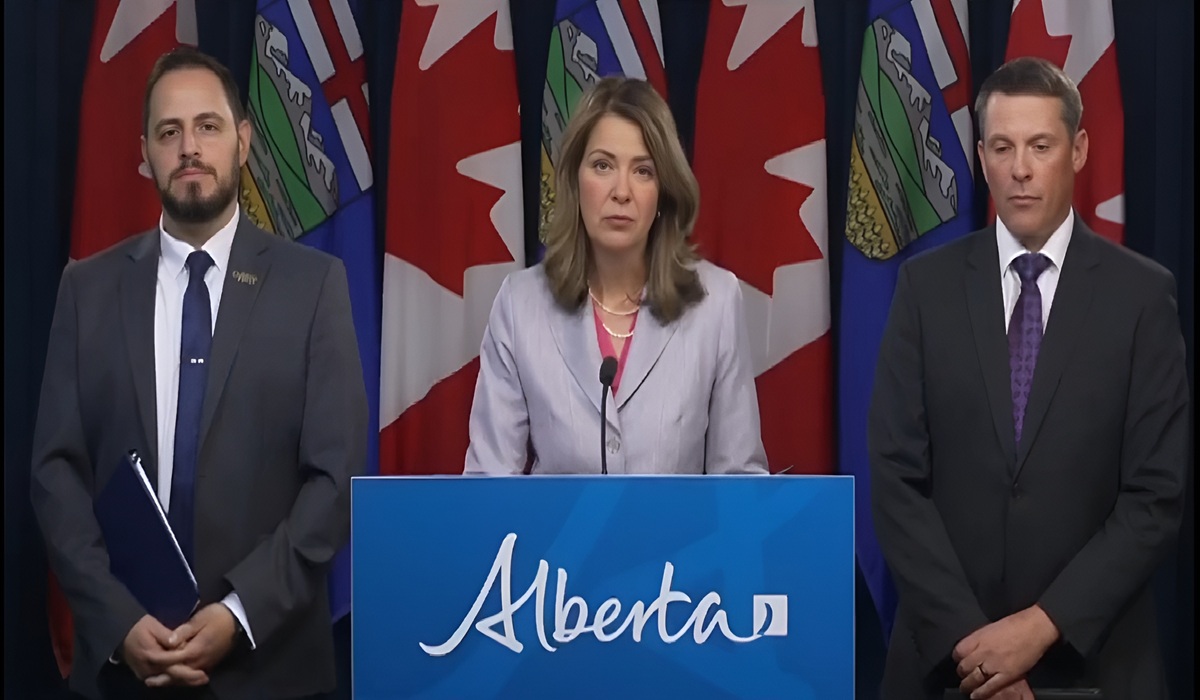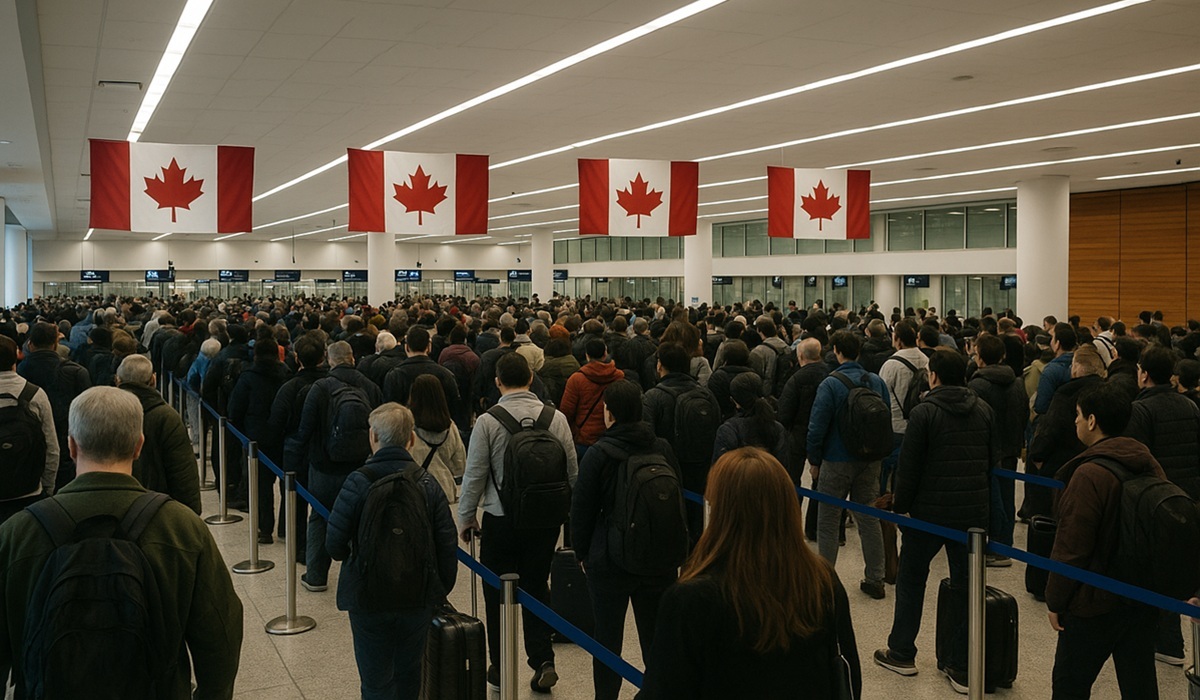Alberta Forces End to Teachers’ Strike: The High Price of the Back to School Act
- Ingrid Jones
- Canada
- October 28, 2025

The Alberta government has taken an extraordinary step to end the province-wide teachers’ strike by invoking the notwithstanding clause through its newly introduced Back to School Act—Bill 2. This legislation will compel 51,000 teachers represented by the Alberta Teachers’ Association to return to classrooms as early as Wednesday, October 29, after a walkout that began on October 6 and left nearly 750,000 students without formal schooling for weeks. With the governing Conservatives holding 47 of 87 seats, passage of the bill is virtually assured, but the long-term consequences for labour relations and public trust may prove far more complicated.
The government’s justification for the legislation is clear: the strike, it argues, has deeply disrupted learning, widened achievement gaps, and undermined the consistency children depend on. In announcing the bill, Premier Danielle Smith defended the move as a reluctant but necessary act of leadership.
“This strike has gone on long enough. It’s clear there’s no path forward unless we act. The Back to School Act refocuses everyone on what matters most, the education of Alberta’s students. Bill 2 puts students back at the centre of our system, while we continue to work with teachers and families to build lasting stability in Alberta’s schools.”
Under the legislation, the terms of the September 2025 tentative agreement will be legislated into law. That deal provides a 12 per cent salary increase over four years, additional market adjustments of up to 17 per cent for most teachers, and the hiring of 3,000 new teachers and 1,500 educational assistants—measures intended to ease workloads, reduce class sizes, and enhance learning support. The collective agreement will run from September 1, 2024, through August 31, 2028, effectively suspending local bargaining during this period in exchange for what the government calls “labour stability.”
Finance Minister and Treasury Board President Nate Horner underscored the urgency of the move.
“The time for labour stability is now. This legislation provides a positive path forward despite an interrupted school year. This is a necessary step and the most responsible decision for kids, teachers and parents. If Bill 2 is passed, it is my hope that classes will resume as soon as Wednesday, October 29.”
The government also emphasized that the new collective agreement legislated by Bill 2 includes financial penalties for non-compliance, a clear warning to teachers who might consider defying the order. Those who do could face steep fines, loss of pay, or even suspension of teaching certification. The government’s message is unmistakable: return to work, or face legal and financial consequences.
While the Back to School Act may quickly restore classroom operations, the deeper question is what this means for Alberta’s educational landscape. Using the notwithstanding clause to force an end to a strike sets a rare and controversial precedent. It effectively overrides Charter protections for collective bargaining and freedom of association—rights fundamental to Canada’s democratic labour system. For many teachers, this move will not be viewed as a return to normalcy, but as a blunt exercise of power that silences professional negotiation through constitutional force.
For the government, the optics are mixed. On one hand, the Conservatives will claim victory in restoring order and putting students first. On the other, they risk being seen as heavy-handed and dismissive of educators’ concerns, especially after teachers walked off the job to protest workload pressures, class sizes, and underfunded classrooms. A legislated settlement may settle the contract, but not the underlying resentment. Once trust is broken, it can take years to rebuild.
If any group of teachers were to openly defy the Back to School Act, Alberta could face an unprecedented test of state authority versus civil resistance. Mass non-compliance would compel the government to enforce the law through the courts or even law enforcement, an outcome that could inflame tensions and polarize the province further. Even compliance under protest could erode the morale of a workforce that feels coerced rather than respected.
The Back to School Act may end a strike, but it cannot legislate goodwill. Alberta’s classrooms will soon reopen, yet the deeper rift between government and educators will remain—a lingering reminder that forcing teachers back to work may solve a short-term crisis, but it leaves behind a long-term question: at what cost to democracy, dialogue, and trust?








